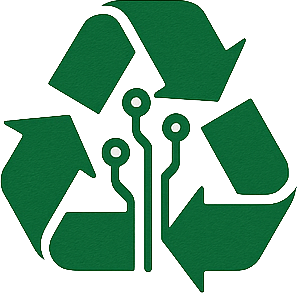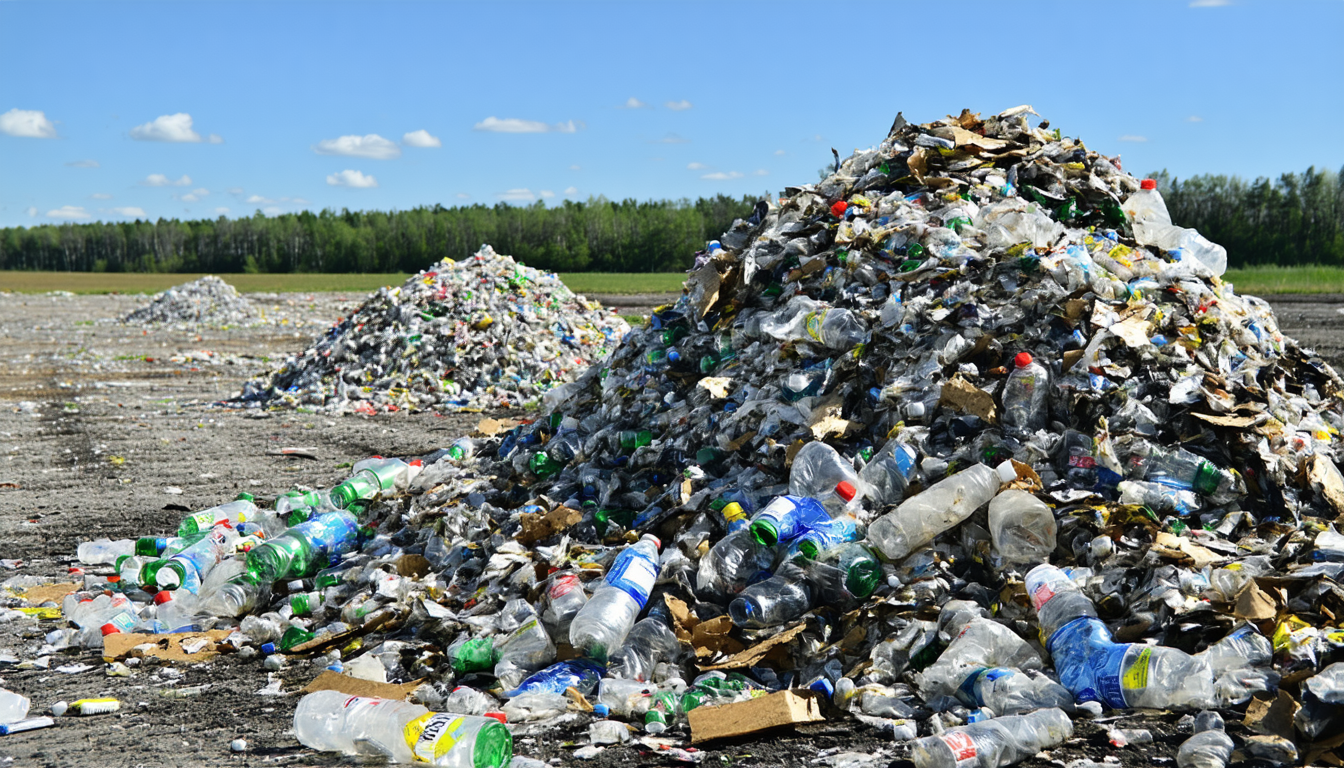In the United States, the management of bio waste—organic materials like food scraps, agricultural residues, and biodegradable products—has become a pressing environmental and economic concern. With millions of tons of bio waste generated annually, innovative disposal methods are emerging as critical solutions to reduce landfill use and combat climate change. This article explores the latest advancements in bio waste disposal, their impact on communities and industries, and what the future holds for sustainable waste management across the nation.
The Growing Challenge of Bio Waste in the U.S.
The Environmental Protection Agency (EPA) estimates that over 60 million tons of food waste alone are produced yearly in the U.S., with a significant portion ending up in landfills. This not only wastes valuable resources but also contributes to greenhouse gas emissions, as decomposing organic matter releases methane—a potent climate pollutant. States like California and Vermont have already implemented strict regulations to divert bio waste from landfills, pushing for composting and anaerobic digestion as viable alternatives.
The urgency to address this issue is clear. Improper disposal affects public health, strains municipal budgets, and exacerbates environmental degradation. As urban populations grow, finding scalable solutions for bio waste disposal has become a national priority.
Cutting-Edge Solutions for Bio Waste Disposal
Across the country, technology and policy are converging to revolutionize how bio waste is handled. Anaerobic digestion facilities, which convert organic waste into biogas and fertilizer, are gaining traction. According to a 2022 report by the American Biogas Council, there are over 2,200 operational biogas systems in the U.S., with many focusing on food and agricultural waste.
Composting programs are also expanding. Cities like San Francisco have achieved remarkable success, diverting up to 80% of their waste from landfills through mandatory composting laws. “Innovative technologies and community engagement are key to transforming bio waste into a resource,” says Dr. Emily Carter, a waste management expert at the University of California. Her insights highlight the dual benefits of reducing landfill dependency while creating renewable energy or nutrient-rich soil amendments.
Impact on Stakeholders and Communities
The shift toward sustainable bio waste disposal is reshaping industries and local economies. Farmers benefit from access to organic fertilizers produced through composting, while energy companies tap into biogas as a renewable fuel source. However, challenges remain for small businesses and municipalities that lack the infrastructure or funding to adopt these systems.
For residents, participation in bio waste programs often means adjusting to new collection schedules or sorting requirements. While some communities embrace these changes, others face resistance due to cost concerns or lack of awareness. Balancing these dynamics is crucial for widespread adoption.
Economic and Environmental Benefits
The economic potential of effective bio waste management is significant. A 2023 study by the U.S. Department of Energy found that expanding biogas production could create thousands of jobs in rural areas while generating billions in revenue. Environmentally, diverting just 50% of current food waste from landfills could cut methane emissions equivalent to removing 10 million cars from the road annually.
Yet, not all perspectives align on the best path forward. Some industry leaders argue that investing in large-scale anaerobic digestion may overshadow smaller, community-driven composting initiatives. Others stress that without federal incentives, many regions will struggle to transition away from traditional disposal methods.
Future Outlook for Bio Waste Management
Looking ahead, experts predict that advancements in technology will further streamline bio waste disposal processes. Innovations like AI-driven waste sorting and mobile composting units could make sustainable practices more accessible. Additionally, federal policies under consideration may provide grants or tax breaks to support infrastructure development.
The implications are far-reaching. If successful, these efforts could position the U.S. as a global leader in circular economy practices, turning waste into wealth while safeguarding the environment. Continued collaboration between policymakers, businesses, and citizens will be essential to overcome existing barriers.
In conclusion, the landscape of bio waste disposal in the United States is evolving rapidly, driven by innovation and necessity. From biogas facilities to urban composting programs, solutions are emerging to tackle a long-standing challenge. As stakeholders navigate economic and logistical hurdles, the potential for a greener, more sustainable future remains within reach.
Frequently Asked Questions (FAQs)
1. What is bio waste, and why is its disposal important?
Bio waste includes organic materials like food scraps, yard trimmings, and agricultural residues. Proper disposal prevents landfill overuse, reduces greenhouse gas emissions, and allows for resource recovery through composting or energy production.
2. What are the main methods of bio waste disposal in the U.S.?
Common methods include composting, which turns waste into soil amendments, and anaerobic digestion, which produces biogas for energy. Both approaches aim to minimize landfill contributions.
3. How can individuals contribute to better bio waste management?
Households can participate by separating organic waste for curbside collection programs, starting backyard compost bins, or supporting local initiatives focused on sustainable disposal practices.
4. Are there federal regulations for bio waste disposal?
While there are no nationwide mandates, states like California have enacted laws to divert organic waste from landfills. Federal agencies like the EPA provide guidelines and funding to encourage sustainable practices.





